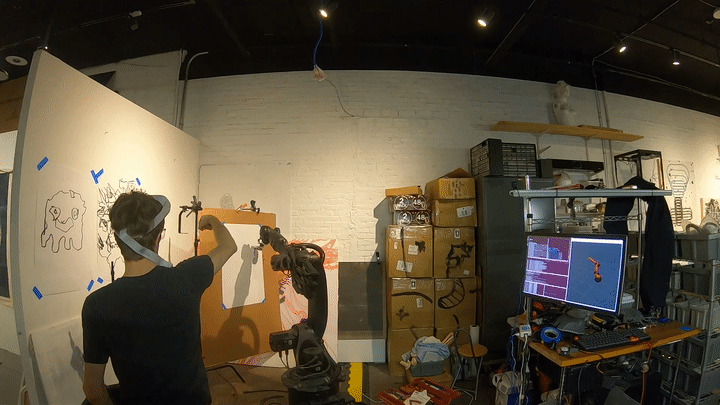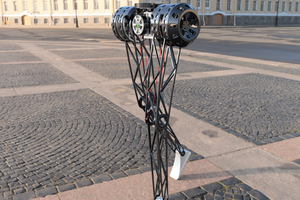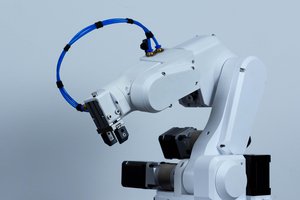After intensive training human craftspeople can produce artifacts of unmatched quality, while adapting to variations in materials, design constraints, and available tools. Modern manufacturing technologies perform well when the goal is to create very many of an object, but break down when every object must be designed and fabricated to fit unique constraints.
For example, in architecture no two buildings are exactly the same down to the last detail and so the design of each one needs to be adapted to the space where it will be realized and the requirements of the particular project. Even when final plans are drawn they are often adapted on the fly during construction because some critical constraint was missed which only became clear with the physical work underway.
Sometimes the environment for the design is not known in advance, like in the case of building on other planets or in disaster areas. Other times a design calls for materials that have varying material properties, like wood, and some adaptation of the design is needed to make use of the material available. Right now our automation can only be used under carefully controlled circumstances and work must fall back to humans in every other case.
Ideally machines would relieve us architects, engineers, and designers from some of the burden of adapting to the dynamic world our creations must survive in. The only way to achieve that is to build higher order tools which can learn and improvise on their own.
 Owen Trueblood
Owen Trueblood

 Loukas K.
Loukas K.
 Petar Crnjak
Petar Crnjak
 caltadaniel
caltadaniel
 Anh Vu
Anh Vu